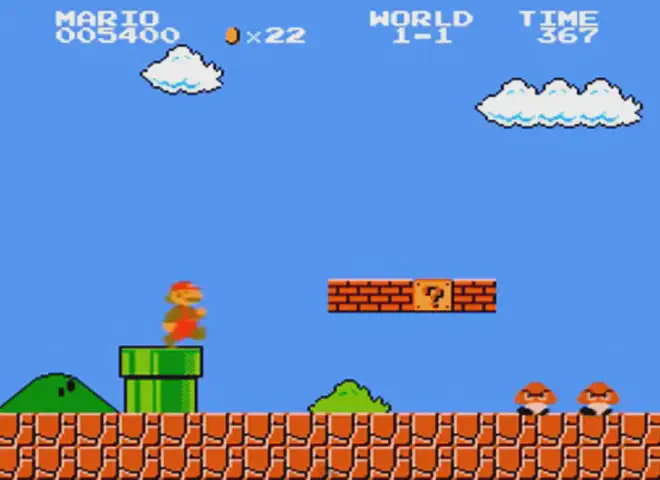The Difficulty of Game Design

After reading Cloud Wu’s A Deckbuilding Game Concept, I have to admit that game design is much more difficult than coding. Coding offers immediate results. You write 1+1, and the computer gives you 2. Programmers simply manipulate computers to realize their ideas. But where do these ideas come from? They come from the human brain. In game development, this is the brain of the planner.
Game design is the most difficult part of the entire game development cycle. It unleashes the human brain’s creativity to come up with interesting rules, then hand them off to the execution team (programmers, artists, QA) to implement them.
This is like current artificial intelligence. While ChatGPT’s speech sounds reasonable, it doesn’t think proactively, just like a programmer. (No offense, I’m a programmer myself, and this is just an analogy. Most programmers do follow a design draft, and this is what makes them qualified programmers. Sometimes designers even don’t want programmers to think too much, as that would distort their design and defeat their purpose.) Game design, on the other hand, is a process of thinking. In artificial intelligence, this is AGI, a realm currently completely beyond human reach. Therefore, it can be said that game design is the process of the human brain unleashing its peak intelligence.
We can also see the difficulty of the process from Yunfeng’s design process. Yunfeng was the kind of prodigy who could write the first version of Skynet in just one month. Why did someone so efficient at coding encounter such great difficulties when designing games? Because coding is more of an execution process. While there are many design steps involved, many of them are already established, emerging naturally when faced with a specific need or solving a specific pain point. For example, Skynet was originally designed to solve Erlang’s syntax abstraction problem, and a Lua clone was written. Later, Yunfeng decided that version was custom-built for the project and couldn’t be open-sourced, but the idea was good, so he refactored it into Skynet (I vaguely remember this, but please correct me if I’m wrong).
Over the past few years, I’ve also diligently designed several games. Like Yunfeng, I’ve written numerous drafts in notebooks and even maintained a “game idea repository.” Whenever I had a new game idea, I added it to this repository, which became the building blocks of my “game design” journey. But after so many years, despite having more and more building blocks, I still couldn’t design a decent game. So, I gave up and no longer dared to touch this field.
The main purpose of this article is to raise awareness of the difficulty of designing a fun game. Don’t assume that game design is easy or that “I can do it.” Of course, if it’s a domestic mobile game planner who’s giving you this misconception, I understand. :)
Finally, I want to say that while making games like Joker and Slay the Spire is difficult, they’re masterpieces, and not everyone can create them. They require not only a super high IQ and hard work, but also, I think, a bit of talent. For the average game developer, they don’t have to make a perfect game; a game that scores 60 or 70 is pretty good. Even for the many domestic game planners who create scams, if they don’t do anything shady, they’d be a fool. Alternatively, stitching together different games like PocketPair can create a fun experience, and that can be a good game.